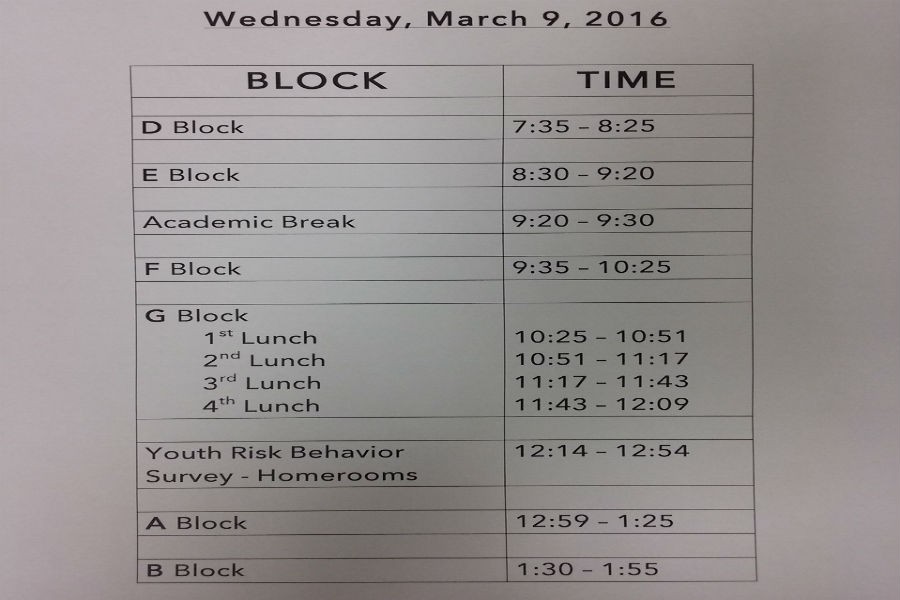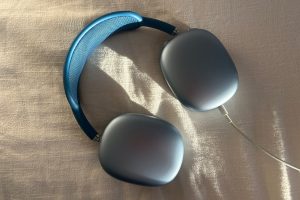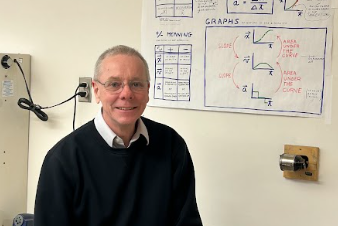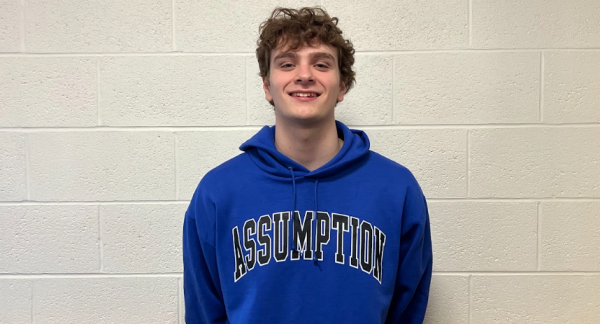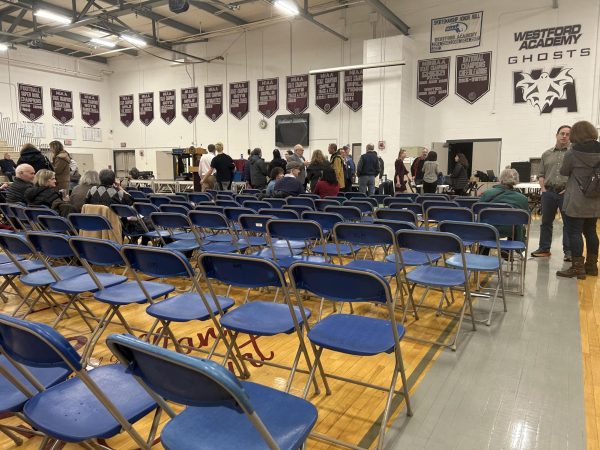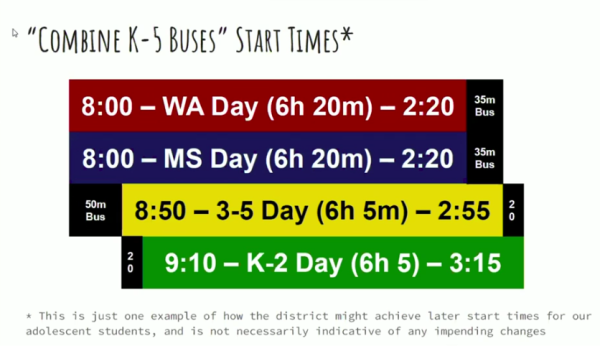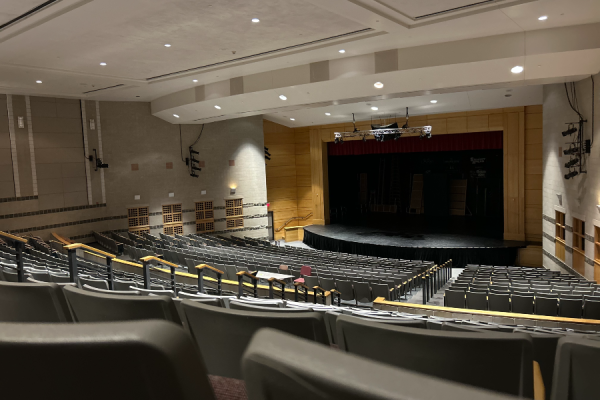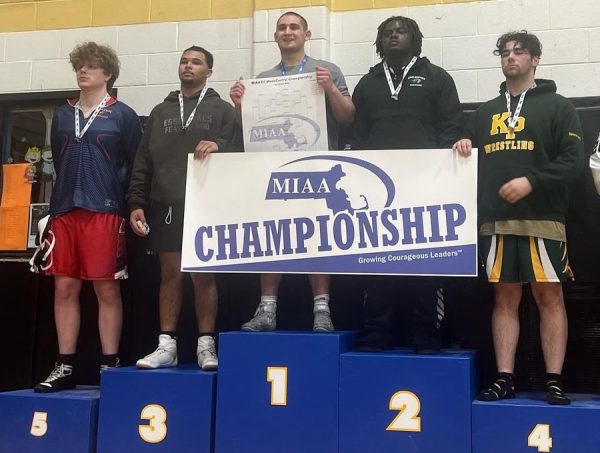Youth Risk Survey to be administered
This is a picture of the schedule for Wednesday, March 9th, which is a D block Day. After long block, students will report to their homerooms to take the survey. The following two classes, Block A and Block B are shortened.
March 8, 2016
Tomorrow, on Wednesday, March 9th, WA will be taking the Youth Risk Survey. This survey will be taken after long block, when students will go to their homerooms for 40 minutes where they will take the survey. Then, the final two classes of the day will be shortened to 26 and 25 minutes respectively. There will still be an academic break and five minutes passing time between classes.
This youth risk behavior survey, administered by the health and wellness department, is taken by students from grades 9 through 12 every two years (unless students have opted out of taking the survey) and the survey is entirely anonymous.
The survey is about the general topic of “risky” behaviors. This ranges anywhere from wearing seatbelts, to sex, drugs, alcohol as well as questions about mental health. Westford Academy receives a report on the results, and the percentages for the corresponding topics based on the answers from the student body.
This data is used to measure the school’s individual needs. It is administered by and later reported to Emerson Hospital to observe any general trends regarding students’ behavior at Westford Academy. It also provides an opportunity for students to reflect on the decisions they have made.
The idea of this survey is generally to see how Westford Academy may need assistance. In addition, health teacher Sean O’Leary says that the data is usually compared to previous years that the survey was taken at WA to recognize any trends in the data.
“We don’t look at any one given year. We look at trends,” said O’Leary.
Dean Michael Parent believes that the survey can be useful in assisting the individual students by taking some time to take the survey and think about their choices.
“Anything that would help students reflect, and any data that identifies an area that the school system, parents, teachers and administrators can help students with I think is beneficial,” said Parent.
Based on WA’s specific target areas, the school will gradually try to implement changes to see how these areas can be improved. For example, some topics may be more heavily covered in health classes to see if this changes the students’ participation in risky behaviors.
O’Leary says that though he expects a certain handful of students to answer these questions dishonestly, he expects the vast majority of students to answer honestly. He believes that more or less, the data will be balanced and not altered by a large margin, even if students answer untruthfully.
All in all, questions are generally circling around the same topics. The questions that are changed every year are usually to make data more precise. Some questions are determined by the state.
“Very few questions get changed year to year because we like to look at the longitudinal data,” said O’Leary.
Michael Parent adds that over time, this survey has contributed to Westford Academy progressing as a whole.
“I think from the data that has been provided in the past, it has help guide the curriculum and it has helped guide programs […] it enables the system to move forward,” said Parent.

